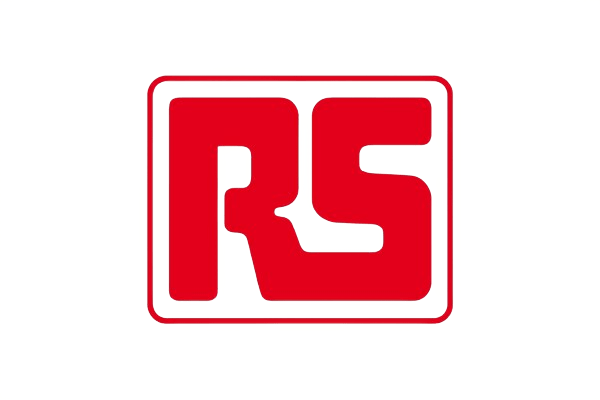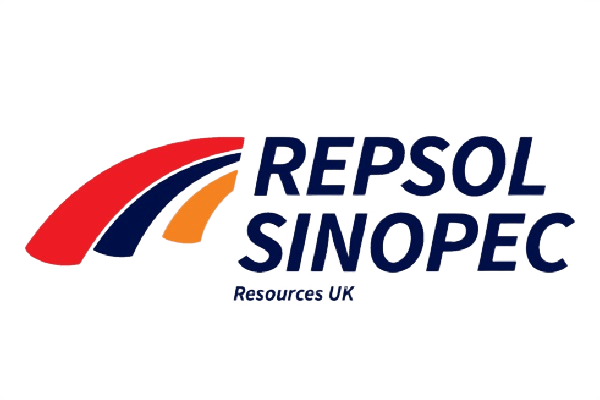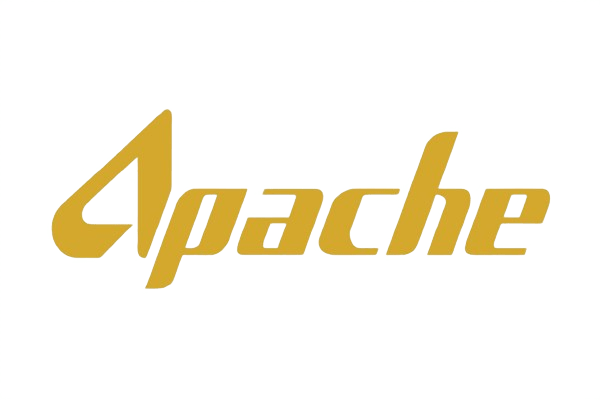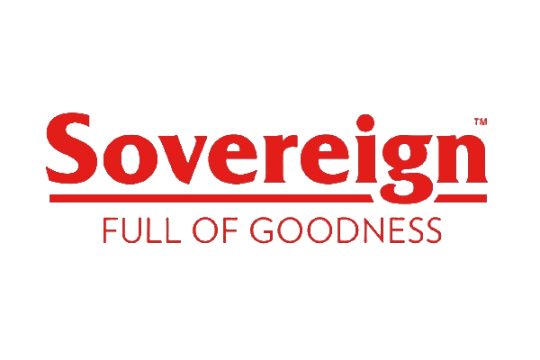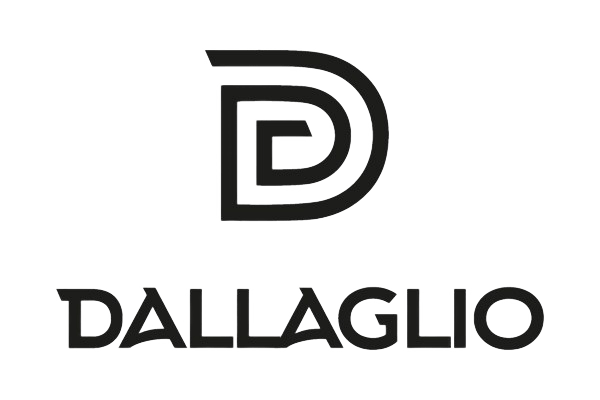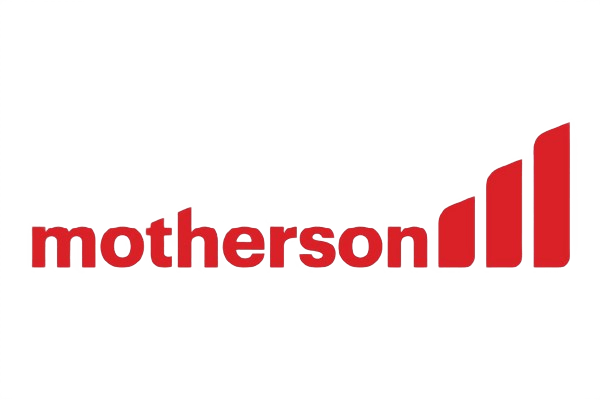Spares Analysis
Spares (stock or spare parts) can cover a wide range of items that are in the form of redundant capacity.
Critical Spares are defined as spare parts that generally cause excessive downtime when they fail, are high cost, have long lead times and are often ordered individually. Failure to hold an optimum level of critical spares exposes the business to risk.
Insurance Spares are defined as spare parts that are not expected to be equipped in normal life but if not available when needed would result in significant losses.
Capital Spares capitalised spare is a high cost, long lead-time critical spare. However monetary value is individually capitalised within the accounting assets of the organisation and would depreciate along with other assets.
Maintenance Spares these are general spares that are expected to be used during scheduled maintenance.
Spares Obsolescence are defined as the loss of the original manufacturer or supplier parts. To manage the challenge of obsolescence these activities should be considered:
- Substitution of another part with a similar form
- Lifetime buy (purchasing enough parts from the original manufacturer to meet the predicted repair life span)
- Reclaim the part from other products
- Technology insertion (determine which technology to replace during a design refresh)
- Redesign the part and manufacture a replacement.
A successful critical spares analysis is one that delivers value. Optimal can help deliver value by:
- Ensuring an optimum holding of critical spares which balances the risk cost of failure with the cost of holding the spare part
- Ensuring critical spares are purchased only when recommended
- Reducing holding where recommended; and
- Ensuring the analysis takes account of commonality across equipment types and redundancy where applicable.
Spares Optimisation
An optimum spares inventory could be defined as a level of spares which incurs the minimum impact to the business i.e. the minimum combination of holding cost (purchase, storage cost, in storage preservation) and the minimum consequences (£) of spares un-availability (equipment & process down time)An optimum spares inventory could be defined as a level of spares which incurs the minimum impact to the business i.e. the minimum combination of holding cost (purchase, storage cost, in storage preservation) and the minimum consequences (£) of spares un-availability (equipment & process down time).
Spares Preservation
Spare parts need a “preservation” policy / strategy, whether it is a small piece part or a large insurance spare. This can range from the inventory system managing the shelf-life information and on receipt checks to the issue and tracking system (for example adopting a first in, first out (FIFO) inventory policy). Typical physical considerations are as follows:
- Controlling the storage environment – all areas should be dust free, vibration free, no direct UV light, temperature and humidity controlled
- Part orientation – this can be significant
- Free from pests (mammal, insects, etc.)
- Basic good housekeeping within the warehouse and stores areas.
Some of these activities are passive and some are specific active tasks such as barring over, operation or inspections which are carried out throughout the storage period.
Where no specific requirements are stated, the parts should be stored sealed and dry with the necessary identification on the exterior of the packaging where it can be easily read. There should be no need to open packaging until required.



